Ford Ranger Vs Toyota Tacoma: Which Mid-size Pickup is Right For You?

While the Toyota Tacoma outsells everything in the mid-size pickup truck market, it doesn’t do so uncontested.
Honda and Nissan both make trucks to rival the Tacoma. And in recent years the big three American automakers have also re-entered the segment with their own offerings.
Ford returned in 2019 after a hiatus of almost eight years with an all-new resurrected Ranger. Ford offers the Ranger with a solitary powertrain and three core trims. But we suppose that’s the blue oval playing it safe after being out of the game for so long. But having said that, the Ford Ranger is available in SuperCab and SuperCrew configurations. Ford also offers an off-road-centric FX4 and an even more hardcore Tremor package. Interestingly, both rival the Tacoma’s Trail and TRD Pro trims perfectly, so does that make the Toyota Tacoma and Ford Ranger perfect rivals?
Get a Quote on a New Ford Ranger or Toyota TacomaIf you’re considering a mid-size truck, the Tacoma is bound to be on the shopping list. But with an all-new offering, the Ford Ranger is a worthy adversary. Where the Toyota plays on its legendary reliability and an ardent following, the Ranger promises better tech and a capable off-road package. But which one suits your needs the best? Let’s find out.
Cabin Space
Tacoma: Like most trucks, the Tacoma is also available in two cab sizes. The Access Cab offers 34.9 inches (886 mm) of rear headroom compared to 38.3 inches (973 mm) in the Double Cab. But the difference in legroom between the two body styles is even greater. Where the access cab is limited to just 24.6 inches (625 mm) of rear legroom, the double cab offers a relatively cavernous 32.6 inches (973 mm) of legroom.
SEE ALSO: Honda Ridgeline vs Toyota Tacoma: Which Midsize Pickup is Right For You?Front headroom though is constant regardless of the body style you choose and stands at 37.9 inches (963 mm). As is 42.9 inches of front legroom.
Ranger: Just like its rival Toyota, the Ranger too is available in two cab configurations. While the front headroom remains constant at 39.8 inches (1,011 mm), the SuperCab offers 35.9 inches (912 mm) of rear headroom while the SuperCrew offers a healthy 38.3 inches (973 mm) of headroom at the rear bench.
As for the legroom, the Ranger offers 43.1 inches (1,095 mm) of it in the front row. Rear legroom is considerably tighter at 34.5 inches (876 mm) in the SuperCrew while the Super Cab offers 30.4 inches (772 mm) of legroom in the second row.
Bottom Line: The Ranger outperforms the Toyota in every measurement across the board and is clearly the more spacious one and the winner of this category.
Cargo and Towing
Tacoma: Unfortunately, the cargo capacity for the rear beds is not available but the mid-size Toyota is good for pulling up to 6,400 lb when equipped with the V6 engine. If equipped with the four-pot, 3,500 lb is the towing limit.
Ranger: The Ranger offers a maximum cargo capacity of 43.3 cu-ft in the five-foot and 51.8 cu-ft in the six-foot bed. Also, it can tow up to 7,500 lb with ease.
Bottom Line: While the Tacoma has a respectable towing capacity, the Ranger offers 900 lb more hauling capability and is hence the winner here.
Tech and Features
Tacoma: Dual-zone climate control is only available with the top TRD Pro and Limited trims. SR and SR5 trims get manual air conditioning only but you can have climate control on TRD Sport and off-road trims as part of an add-on package. Only the SR trim gets the smaller 7.0-inch infotainment system while all other trims get the larger 8.0-inch system.
Premium JBL sound system and in-built navigation are only available on the Limited and TRD Pro trims(with AT gearbox). You can opt for them as optional extras but the navigation doesn’t add much in terms of value, you are better off using Apple CarPlay and Android Auto. All trims get a 4.2-inch central MID screen in the instrument cluster. All off-road trims get an additional inclinometer that displays the roll and pitch of the vehicle.
SEE ALSO: Top 5 Best Toyota Tacoma AccessoriesRanger: Unlike the Tacoma, the Ranger doesn’t come with a touchscreen in every trim. The Ranger XL only gets a 2.3-inch “productivity screen” as standard. It does however, come with 4G Wi-Fi as standard. Upgrading to SYNC3 is a $3,225 affair. Ford offers the SYNC3 system as standard XLT trim onwards along with climate control. You need to shell out $2,450 more to equip your XLT with electrically adjustable front seats.
The Lariat is the top trim and comes with all bells and whistles. But to get the 7,500 lb towing capacity you need to opt for the optional Trailer Tow package. A Bang and Olufsen speaker system is also an optional extra.
Bottom Line: While the Tacoma offers a touchscreen as standard, the Ford comes with standard Wi-Fi connectivity and the SYNC3 is a better system compared to the Entune. Plus, the electrically adjustable front seats also help the Ranger come out on top as the Toyota only comes with an electrically adjustable driver’s perch.
Powertrains
Tacoma: Two engines power the Tacoma lineup and come with the option of two gearboxes. A 2.7-liter four-cylinder powers the base Tacoma and makes 159 hp and 180 lb-ft of peak torque and is only available with the six-speed automatic gearbox.
The other engine is a 3.5 V6; making 278 hp and 265 lb-ft of peak torque. It is available with a six-speed manual, a six-speed automatic, and with both 2WD and 4WD. The six-speed manual though is only available with the TRD Pro and Off-road trims only.
Ranger: Unlike the Tacoma. the Ranger only comes with a solitary powertrain. The 2.3-liter EcoBoost makes 290 hp and 310 lb-ft of peak torque. It comes with a 10-speed gearbox only, however, both RWD and 4WD are available.
Bottom Line: While the Ford offers a more powerful motor, it is the only one and there is no manual gearbox either. By contrast, the Toyota offers more engine options and the option for a six-speed manual as well.
Fuel Economy
Tacoma: The four-cylinder with 2WD returns 20 mpg in the city, 23 mpg on the highway, and 21 mpg overall. Opting for the 4×4 models reduces the efficiency by 1 mpg for each category. As for the V6, the 2WD versions manage 19 mpg in the city 24 on the highway for overall fuel efficiency of 21 mpg. The 4×4 V6 versions return 1 mpg less in the city and overall while the highway figure drops by 2 mpg.
The manual, only available with the TRD trims promises 17 mpg in the city, 20 mpg on the highway, and 18 mpg overall.
Ranger: According to the EPA, the 2WD Ranger returns 21 mpg in the city and 26 mpg out on the highway. The 4WD versions on the other hand claim 20 mpg in the city 24 on the highway. The overall figures stand at 23 and 22 mpg, respectively.
Bottom Line: Toyota uses its older powertrains while the Ford comes with a much more modern motor and it shows. The Ranger turns out to be more efficient in every driving condition and is hence the winner here.
Safety
Tacoma: Toyota offers pre-collision system with pedestrian detection, radar cruise control, and lane departure alert as standard across the Tacoma range. Features like rear parking sensors and blind-spot monitoring with rear cross-traffic alert are only available on the top two trims as standard but can be opted for in the lower trims.
Ranger: The Ranger comes with auto emergency braking with pedestrian detection and forward collision warning as standard along with Dynamic Brake Support. Features like blind-spot monitoring with rear cross-traffic alert are available XLT onwards. The Adaptive cruise control is only available on the Lariat trim.
Bottom Line: While the Ford offers better convenience features, the Toyota offers radar cruise control as standard which gives the Japanese pickup a considerable advantage over the Ranger.
Pricing
Tacoma: Pricing for the Tacoma is a little complicated. It starts from $27,345 including destination for the base SR trim that comes with the 2.7-liter four-pot as standard. The 4WD upgrade costs $3,075. Upgrading to the V6 adds $2,260 to the overall price while the upgrade to the 4WD Costs $5,725 extra. The four-cylinder motor is also standard on the SR5 which starts from $29,135.
SEE ALSO: 2021 Jeep Gladiator EcoDiesel Review: No ApologiesThe V6 motor becomes standard TRD Sport trim onwards. Also available with 2WD, prices for the TRD Sport starts from $35,54o including destination. A 4WD upgrade costs $2,000 more. Opting for the 4WD manual only costs $915 extra. The manual TRD Off-road 4WD costs $36,645, $120 less than the 2WD AT ($36,765). Upgrading to 4WD AT on the Off-road trim costs $1,500 more. The top Limited trim is only available with a V6/AT combo and starts from $40,250 for the 2WD version while upgrading to 4WD costs $3,075 extra. At the top of the pecking order resides the TRD Pro trim. It is only available as a 4WD and with the 3.5 V6 only. Prices start from $47,975 for the automatic version and $45,270 for the manual version.
Ranger: The Ranger is only available in three core trims, the XL, XLT and Lariat. Sitting at the bottom of the hierarchy is the XL SuperCab starting at $26,265, including destination. Upgrading to 4×4 XL adds $3,855 to the cost while going for the four-door version adds $2,175 to the cost regardless of the trim. It is also worth noting that the SuperCrew configuration is only available with the five-foot box. The XLT trim starts from $30,315 while the top Lariat trim starts from $34,355 for the SuperCab 4×2 configuration. The cost of adding 4WD is $3,700 on both trims.
Ford also offers the Tremor package with the Ranger to rival the TRD trims by Toyota. It is available on both the XLT and Lariat trim and is only available with the SuperCrew configuration. It sets you back by $4,290 and adds Fox dampers, Ford’s Terrain Management system along with 17-inch off-road wheels shod with 265 section off-road tires.
Bottom Line: The Ranger not only starts at a lower price but the TRD rivaling Tremor trim is also cheaper compared to the TRD Pro. Having said that, the differences in trim on trim pricing are within $1,000 but the Ranger takes it by a whisker thanks to superior equipment.
Verdict Ford Ranger vs Toyota Tacoma
Beating the Toyota Tacoma at its own game is a mammoth task. The Japanese mid-sizer offers something for everyone, including off-road enthusiasts. But the Ford it seems, came prepared for this face-off. Despite the solitary powertrain, the Ranger offers a host of combinations to fit most mid-size pickup customers’ needs. It also offers better in-cabin equipment and equally capable off-roading equipment as well along with a more spacious cabin and is also slightly more affordable. So unless you must have the standard radar cruise control and the bulletproof reliability, the Ford Ranger would be the ideal mid-size truck.
Become an AutoGuide insider. Get the latest from the automotive world first by subscribing to our newsletter here.

More by Kshitij Sharma



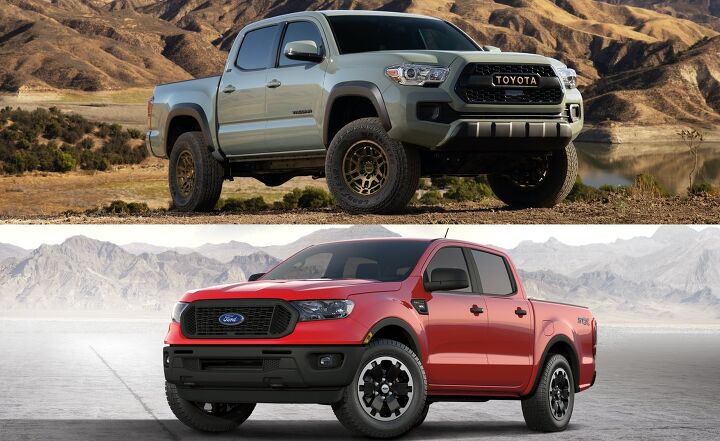
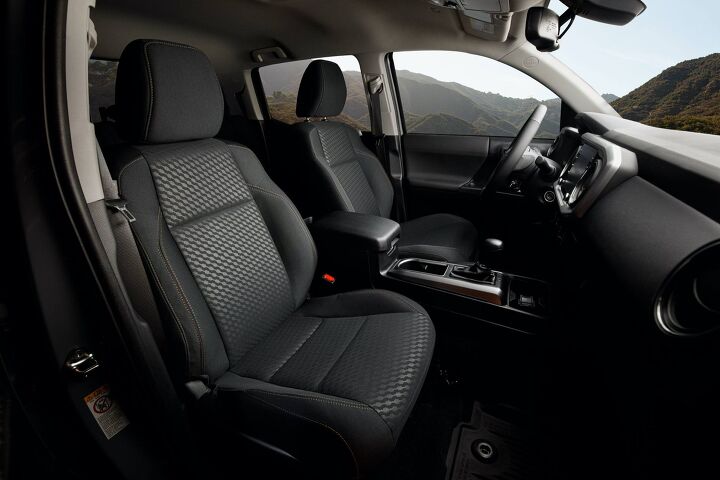
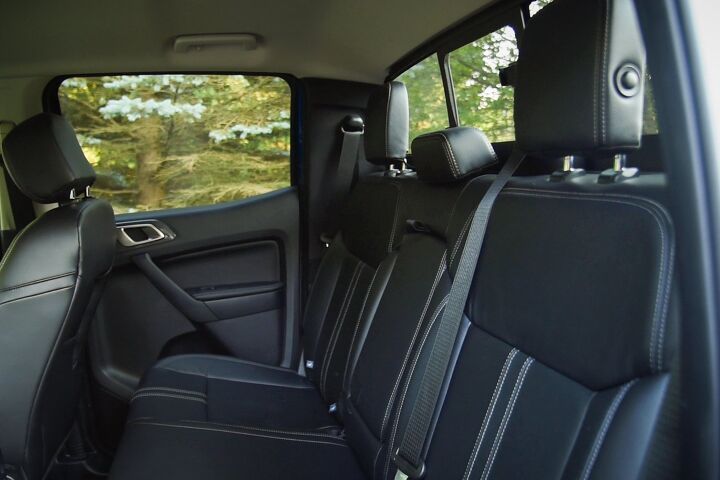
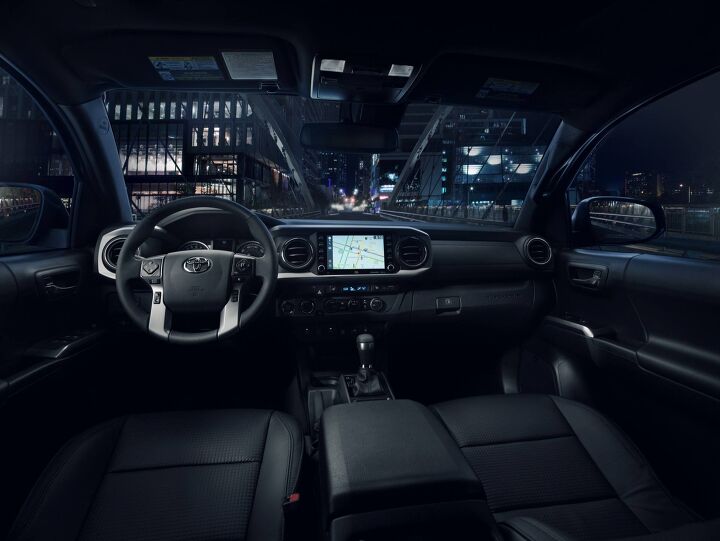




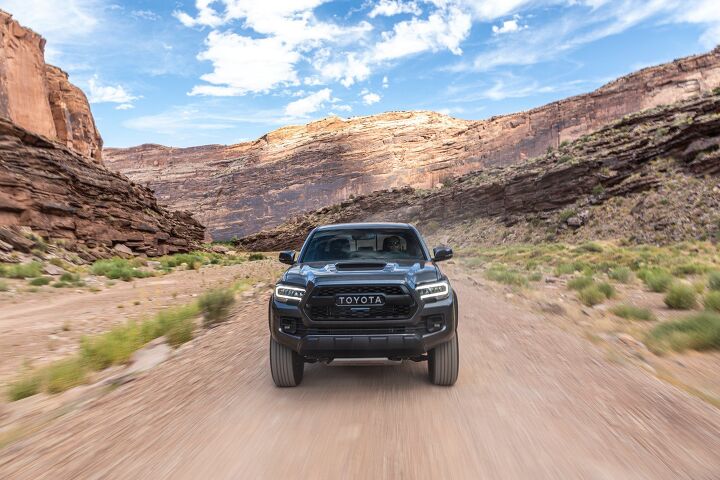


















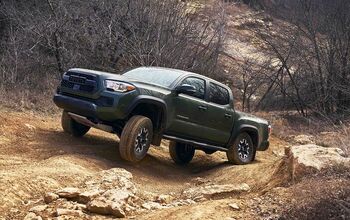


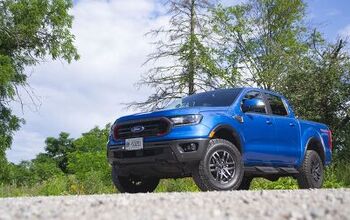

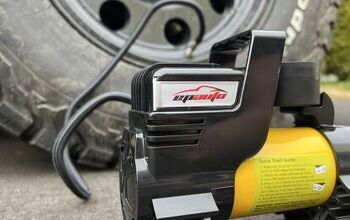

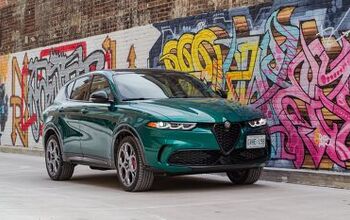




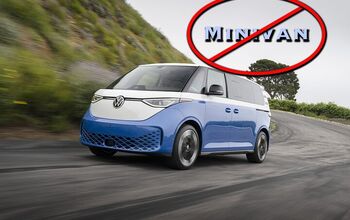
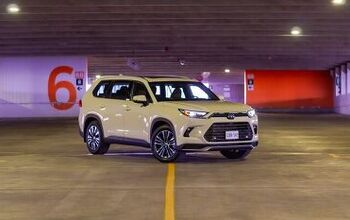
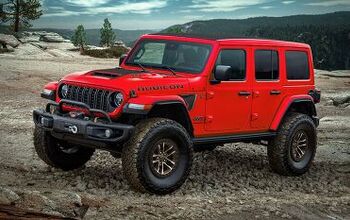
Comments
Join the conversation